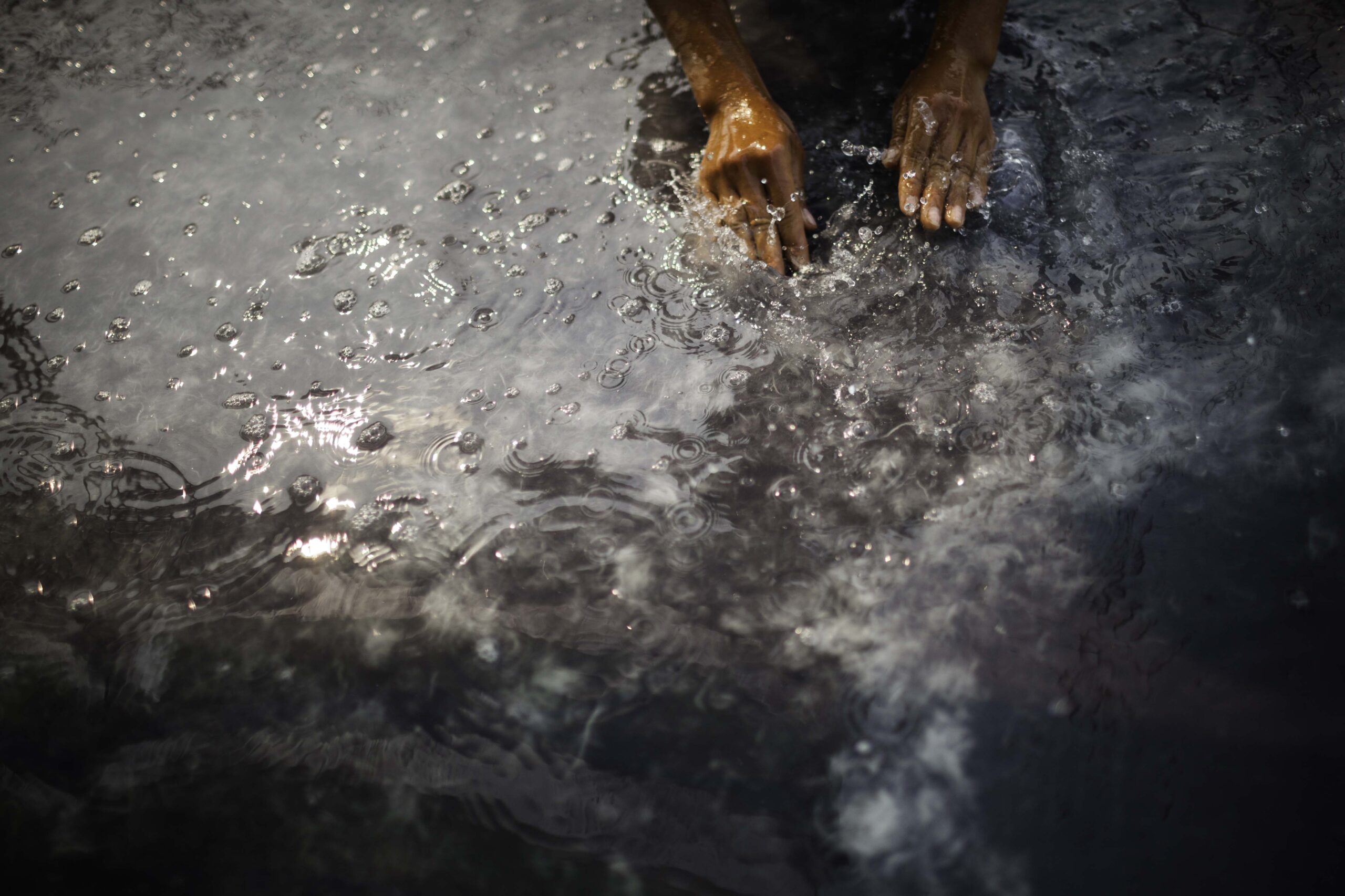
After the floods: Diarrheal disease threats lurk behind natural disasters

Hurricanes in the United States and the Caribbean. Floods in South Asia and Yemen. Mudslides in Sierra Leone. The natural disasters have held many captive: literal captives of flooded houses, cars, roads, and airports. Others have been simply captivated by news of the devastation. Even after the floods subside, however, another danger remains: diarrhea.
Natural disasters like floods greatly increase the risk of diarrheal disease along with other waterborne, water-related, and communicable diseases. Diarrheal pathogens—cholera, E. coli, Shigella, rotavirus, norovirus, Cryptosporidium, and others—can spread through direct contact with floodwater itself or through compromised water sources. Standing water left by flooding can become a breeding ground for mosquito-borne pathogens. And communicable diseases can spread like wildfire through refugee and evacuation shelters.
Our DefeatDD team has been monitoring news coverage about the extent of the risk of diarrheal disease in all disaster-affected areas. In areas of South Asia, the risk of diarrheal and other diseases has already taken its toll. IFRC spokesperson Antony Balmain reported to Time Magazine, “The flooding [in South Asia] has heightened the risk of diarrhea, dengue fever, Japanese encephalitis and other diseases.”
And in densely populated northern Bangladesh, where the where the Brahmaputra and Jamuna rivers overflooded, “about 13,000 people are ill with diarrhea and respiratory infections” (Mohi Narayan, Reuters). The Rohingya refugee crisis is further exacerbating the post-flooding disease risk in Bangladesh.
Diarrheal disease will take any opportunity to spread, regardless of location. While the United States has eliminated diseases like typhoid and cholera that often increase after disasters in low-income areas, flooding and compromised water systems can lead to diarrheal disease anywhere. As one Houston resident interviewed by CBS News commented on the floodwater in his house: “Some of this might even be sewage waste, we don’t know. We have to get it cleaned up to get back in.”
Additionally, evacuation shelters are at risk of highly communicable diarrheal diseases like norovirus. Dr. Persse, Houston’s chief medical officer, told the New York Times: “The big thing I’m worried about is norovirus. […] With a lot of people in a small space, it can spread really quickly.”
Fortunately, we know that diarrhea is both preventable and treatable. Vaccines against diarrheal and enteric pathogens like typhoid can help eliminate the spread of these harmful waterborne diseases. Oral rehydration solution (ORS) and zinc are simple and cost-effective solutions that can save the life of someone suffering from severe diarrhea. Minhaj Hassan of Islamic Relief emphasized the importance of ORS in an interview with NPR: “In Bangladesh, India and Nepal every single year, things like […] oral rehydration salts can save a person’s life. Those are priority items to distribute when a disaster like this strikes.” And improvements in water, sanitation, and hygiene help prevent the spread of diarrheal disease and other illnesses while also mitigating the impacts of natural disasters.
While emergencies like natural disasters or wars exacerbate the threat of diarrheal disease in affected areas—particularly when water supplies are compromised—the everyday threat of diarrheal disease in low-income communities is an enduring emergency.
The increased risk following such natural disasters is a stark reminder of the urgency of ongoing efforts to defeat diarrheal disease. As medical anthropologist Lauren Carruth wrote in The Conversation, “Cholera has been eliminated from disaster-affected Texas and Florida. The same can happen elsewhere too. Thousands of lives are at stake.”


